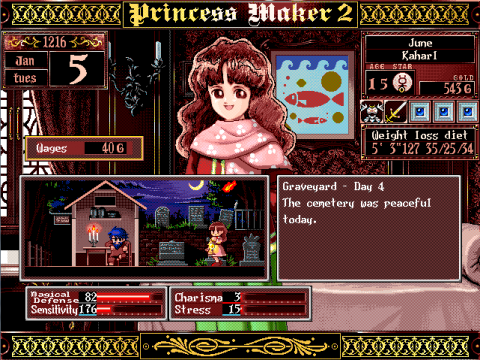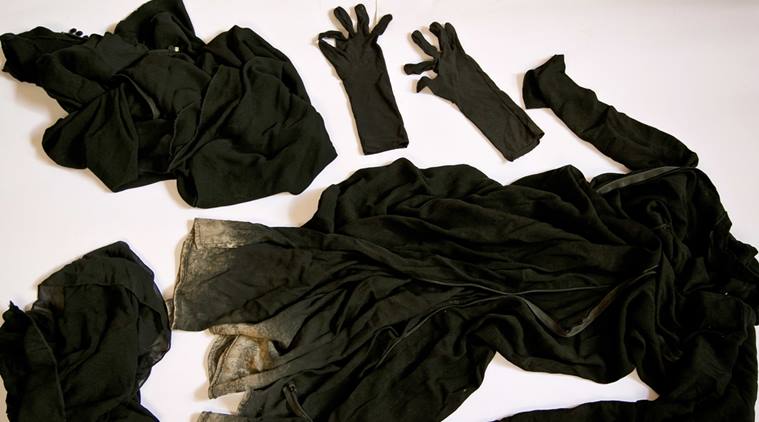

Women often returned to work shortly after giving birth, sometimes running from the fields during the day to feed their infants. Enslaved people usually worked from early in the morning until late at night. This use of unpaid labor to produce wealth lay at the heart of slavery in America. Both slaves and slaveowners referred to these relationships between men and women as “abroad marriages.” A father might live several miles away on a distant plantation and walk, usually on Wednesday nights and Saturday evenings to see his family as his obligation to provide labor for an owner took precedence over his personal needs. Others lived in near-nuclear families in which the father had a different owner than the mother and children.

In these cases each family member belonged to the same owner.

#Slave maker 3 children free#
In northern states such as New York, Pennsylvania, or Massachusetts, where slavery had ended by 1830, free African Americans could marry, but in the slave states of the South, many enslaved people entered into relationships that they treated like marriage they considered themselves husbands and wives even though they knew that their unions were not protected by state laws.Ī father might have one owner, his "wife" and children another.Some enslaved people lived in nuclear families with a mother, father, and children. This means that until 1865 when slavery ended in this country, the vast majority of African Americans could not legally marry. Colonial and state laws considered them property and commodities, not legal persons who could enter into contracts, and marriage was, and is, very much a legal contract. Slavery not only inhibited family formation but made stable, secure family life difficult if not impossible.Įnslaved people could not legally marry in any American colony or state. Belonging to another human being brought unique constrictions, disruptions, frustrations, and pain. In some critical ways, though, the slavery that marked everything about their lives made these families very different. Most parents loved their children and wanted to protect them. Children sometimes abided by parent’s rules other times they followed their own minds. Some husbands and wives loved each other some did not get along. In some ways enslaved African American families very much resembled other families who lived in other times and places and under vastly different circumstances. University of North Carolina at Chapel Hill Jazz and the African American Literature Traditionįreedom’s Story is made possible by a grant from the Wachovia Foundation.The Image of Africa in the Literature of the Harlem Renaissance.The New Negro and the Black Image: From Booker T.


 0 kommentar(er)
0 kommentar(er)
